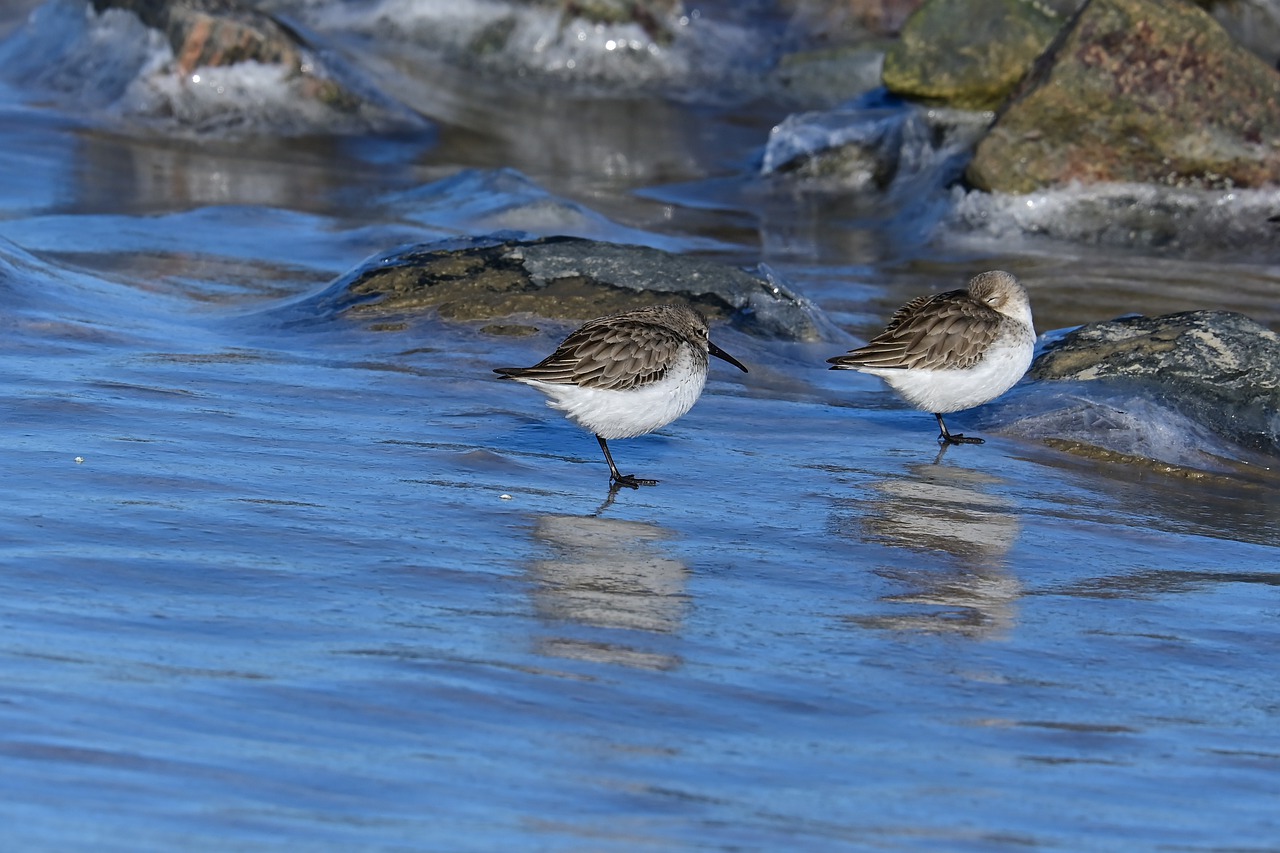Förekomst, häckningsframgång och populationsutveckling hos sydlig kärrsnäppa Calidris alpina schinzii på svenska västkusten
DOI:
https://doi.org/10.34080/os.v1.23094Nyckelord:
populationsstudier, predation, bete, häckningsbiologi, hotAbstract
In 1989, the breeding population of the Dunlin in the provinces of Bohuslän and Halland on the Swedish west coast was surveyed. The total population size was estimated at a maximum of 44 pairs. The number of breeding pairs has declined during the 1980s and the population has been restricted to about 10 localities; 55% of the total population occurred at two sites. At two of the surveyed localities, hatching success varied considerably among years, reflecting variation in nest predation rate. An experiment with dummy nests suggested that vegetation height, and thus protective cover, does not influence the probability of predation. On average, 0.8 and 1.0 fledglings per pair were produced at the two localities. Estimates of maintenance of population size in one study area indicated that this subpopulation was not self-supporting, apparently due to low hatching success. No clear relationship was found between moderately decreased grazing intensity and the decline of the population during the last decade. In addition to habitat alterations, other factors seem to affect the population trend of the Dunlin on the Swedish west coast. The small population is vulnerable to unpredictable events, such as temporarily increased nest predation.
Nedladdningar

Downloads
Publicerad
Referera så här
Nummer
Sektion
Licens
Författaren/författarna innehar copyright för varje enskilt bidrag, men samtliga bidrag är publicerade under en Creative Commons-licens, så att vem som helst kan dela och återanvända bidraget förutsatt att copyright-innehavaren erkänns.







